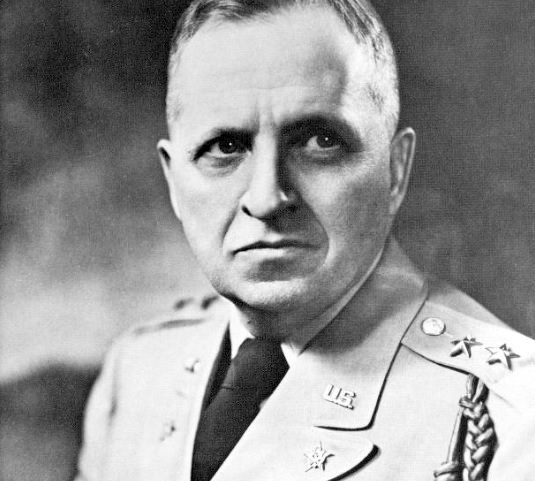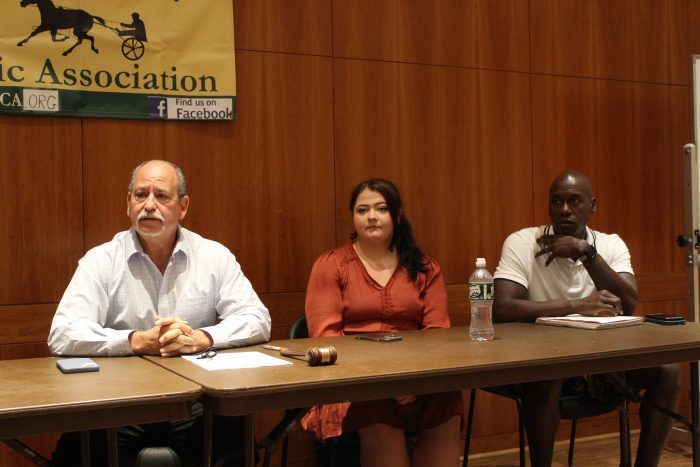From wildfire smoke to heat waves, Long Island has experienced significant impacts of climate change this summer like many parts of this country and the rest of the world.
People tend to ignore the problem until it directly affects them. Signs of climate change have been evident on Long Island for generations, such as water quality issues, rising sea levels and erosion. Some have overlooked newspaper articles covering these issues, dismissed local environmental activists and prioritized other concerns like affordability, cultural debates and health care.
However, the undeniable reality of a changing environment can no longer be ignored. The memory of walking outside within the past two months, suffocating in residual smoke from Canadian wildfires, remains vivid for many. The relentlessness of this summer’s heat and the overall warming trend throughout the year are hard to ignore.
The issues we face are not just anecdotal. Moody’s ranked Long Island as the fourth worst area among major American population centers regarding chronic physical risks associated with climate change. The consequences are not only on human health but are costly economically.
While our area boasts beauty and affluence, a significant portion of this prosperity comes from shoreline businesses and homeowners. With rising sea levels threatening these properties, the potential for immense property damage looms, leading some to consider leaving the island before catastrophe strikes.
This departure would not only impact local businesses but also philanthropic efforts and community engagement. Furthermore, the loss of beaches, parks and recreational spaces would profoundly affect the essence of the North Shore.
It is now imperative for our community and elected leaders to take this problem seriously. We don’t envy those in positions of power. With climate change on the brink, the decisions they make will affect future generations irreversibly.
Experts at every level of government, from federal to the village, must work diligently to assess the specific risks of climate change in our area and develop effective solutions to mitigate its impact.
We encourage our U.S. Congressman Nick LaLota (R-NY1) to advocate for federal funding to address environmental concerns in our district and to sponsor national legislation to combat climate change.
To protect the North Shore we cherish, we must invest in solutions like wind energy, the preservation of open spaces and beaches, safeguarding aquifers and water quality and monitoring toxic waste.
Climate change does not offer an easy, one-size-fits-all solution. It requires extensive research and collective effort to both understand and address it. It falls on all of us to support experts in finding solutions, whether through financial support or spreading awareness.
Climate change is a scary prospect, especially when imagining how much Long Island could be affected according to expert projections. Change itself can be terrifying for the average person, making it tempting to push aside the problem. But avoiding the issue will only exacerbate the situation. Superficial solutions will not suffice in confronting the serious consequences of climate change.
This is not a political issue. It is a matter that impacts our community and economy — as well as the world at large. We urge everyone to treat climate change with deep respect and do their part in protecting the environment. Let’s unite in safeguarding the place we call home.





















